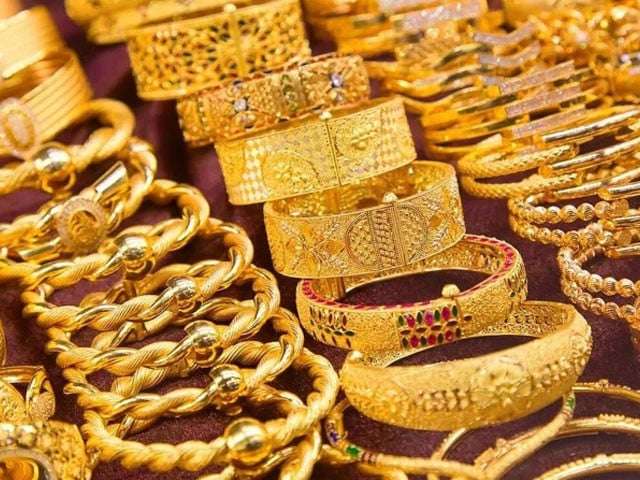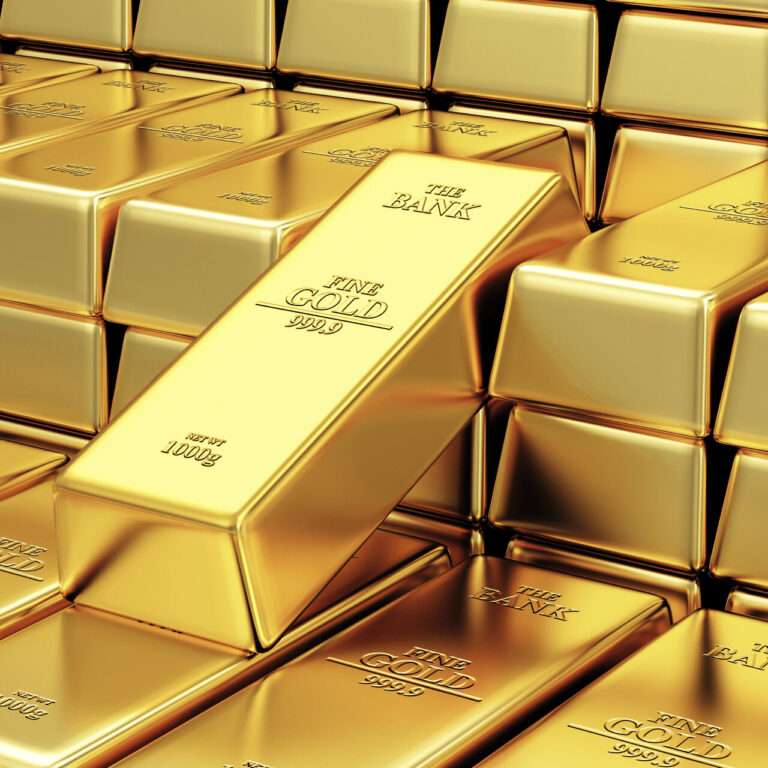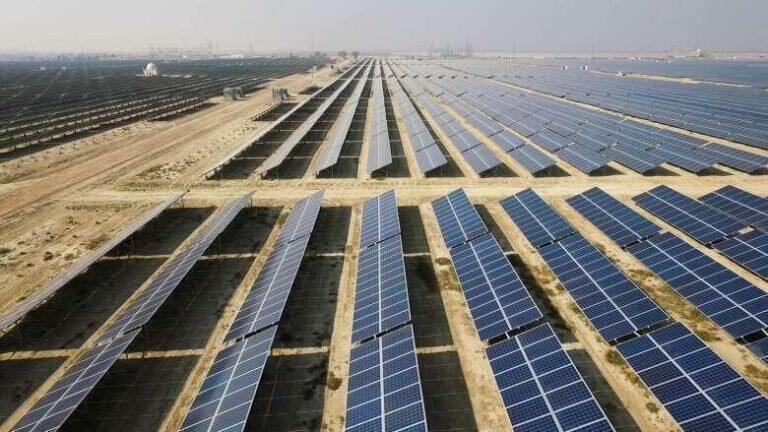
|
Getting your Trinity Audio player ready...
|
Understanding the Surge in Gold Prices
Gold prices have reached new heights both internationally and in Pakistan, driven by economic uncertainties and investor demand. The latest surge has set new records, emphasizing the metal’s role as a reliable store of value.
Gold Prices in the International Market
The global bullion market has seen a steady increase in gold prices. On Monday, the price of gold per ounce rose by $12, reaching a record high of $2,948. Earlier, after a brief decline, gold had rebounded with a $6 increase, bringing it to $2,936. This upward momentum reflects the growing demand for gold amidst global economic challenges.
Local Gold Market Trends in Pakistan
The Pakistani jewellery markets have followed the global trend, with gold prices rising significantly. On Monday, the price per tola increased by Rs1,500, setting a new rate of Rs309,500. Similarly, the price per 10 grams surged by Rs1,286, reaching Rs265,346.
Reasons Behind the Increase in Gold Prices
The rise in gold prices is attributed to multiple economic factors, including:
- Inflation Concerns: Investors are hedging against inflation by investing in gold, increasing demand and prices.
- Currency Depreciation: The weakening of global and local currencies has contributed to higher gold prices.
- Market Uncertainty: Stock market fluctuations and geopolitical instability have made gold a preferred safe-haven asset.
- Central Bank Reserves: Countries have been increasing their gold reserves, pushing demand higher.
Gold as a Safe-Haven Asset
Gold remains a preferred investment during times of financial instability. Its ability to retain value over time makes it an attractive option for investors looking to protect their wealth from economic downturns.
The Future of Gold Prices
Analysts predict that gold prices will continue to rise as economic uncertainty persists. Factors such as inflation, global trade dynamics, and geopolitical tensions will likely drive further price increases in the coming months.
Impact on Consumers and Investors
The soaring gold prices impact both consumers and investors differently:
- Jewellery Buyers: Higher prices make gold jewellery more expensive, potentially reducing consumer purchases.
- Investors: Those holding gold investments benefit from the rising prices, making it an attractive asset class.
- Economic Impact: Gold price fluctuations affect currency valuations and trade balances, influencing overall economic health.
Investment Strategies in a Rising Gold Market
For those looking to invest in gold, the following strategies can be beneficial:
- Physical Gold: Purchasing gold bars and coins as a long-term investment.
- Gold ETFs: Investing in exchange-traded funds that track gold prices.
- Gold Stocks: Buying shares in gold mining companies.
- Digital Gold: Using digital platforms to invest in fractional gold ownership.
Frequently Asked Questions (FAQs)
1. Why are gold prices rising so rapidly?
Gold prices are increasing due to inflation concerns, currency depreciation, and global economic uncertainties.
2. How does inflation impact gold prices?
Higher inflation reduces currency value, making gold a more attractive investment, leading to higher demand and prices.
3. Is it a good time to invest in gold?
Yes, gold is considered a safe-haven asset, and investing during economic uncertainty can provide financial security.
4. Will gold prices continue to rise?
While no prediction is absolute, analysts expect gold prices to remain strong due to ongoing global economic challenges.
5. How does gold price fluctuation impact the economy?
Gold price changes affect consumer spending, investment strategies, and currency valuations, influencing the overall economy.
Conclusion
The surge in gold prices reflects the economic uncertainties worldwide. As investors seek financial security, gold continues to be a reliable asset. Whether for investment or hedging against inflation, understanding market trends is crucial for making informed decisions.





